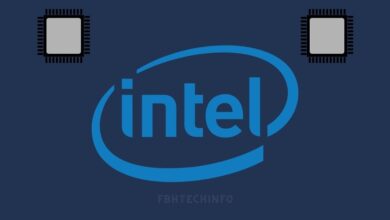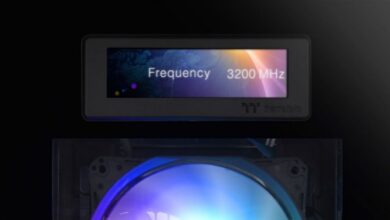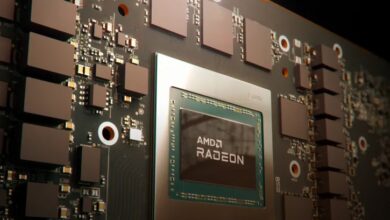Optical processors: a promising future

Although when we talk about chips, we always think about semiconductors, the research of optical processors is another branch that, as we have been able to verify in recent years, may have a great future, in which it could even replace, in the medium term, silicon-based chips for specific uses.
However, although the big technology companies have this technology on their radar, other companies, the specialized ones, are achieving the most significant advances. And it is logical, of course, at the end of the day they have turned into that specific area and, therefore, they are the most normal that they surprise us with their advances in optical processors.
Such could, without a doubt, be the case with Lightelligence, and that is, as we can read in Techpowerup, this company has managed to create an integrated capable of multiplying the performance of the GPUs by one hundred for certain complex mathematical operations. This fully functional prototype shows that the evolution of optical processors is progressing at a perfect pace. Therefore, we can already be relatively close to devices designed for specific purposes based on this technology.

Specifically, the Lightelligence proposal regarding optical processors has been used to perform calculations based on the Ising Model, a physical model dedicated to studying the behavior of ferromagnetic materials. In this case, it has been used to understand phase transitions. With this test, the development demonstrated that in solving class of complexity, NP-complete could be 100 times faster than a GPU RTX 3080, which is already tremendously efficient in this field.
There are more and more voices that affirm that optical processors, and later optical computing systems, will be great allies of artificial intelligence, precisely because of their extraordinary capacity to solve complex mathematical operations, thus ahead of integrated FPGAs in a matter of performance (not so in price, of course, at least in the short and medium-term). And it is that, no matter how fast semiconductors and superconductors are, the speed of transmission of photons remains, and as far as we know, this will not change, unattainable by any other means.



